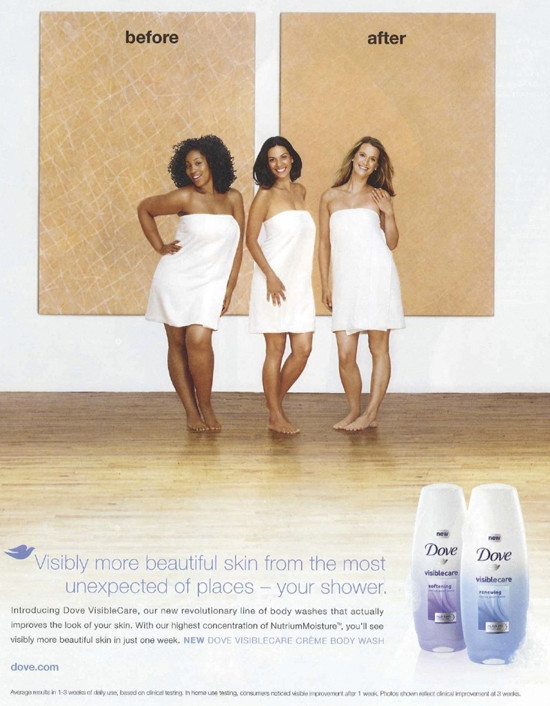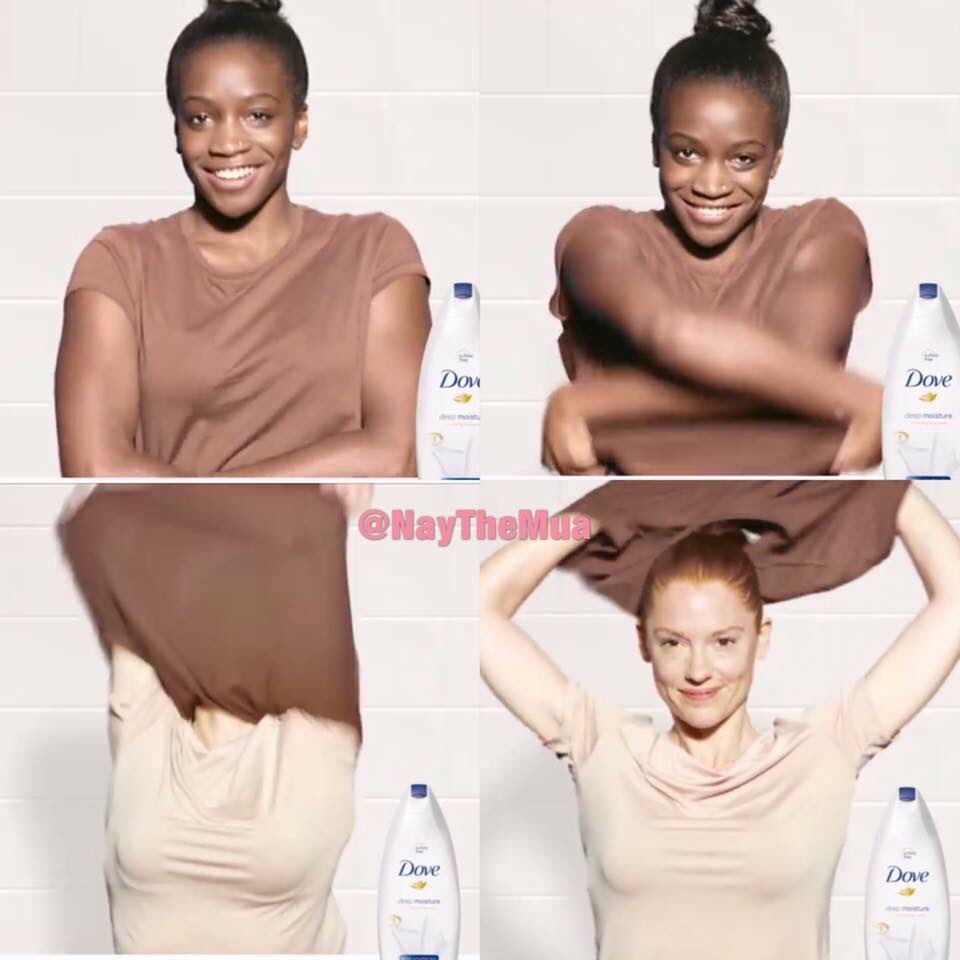Last weekend the personal care brand Dove released an ad that went viral. In it, a black woman was transformed into a white woman after using Dove soap.
The public outrage was swift and brutal. How could Dove release such a blatantly racist campaign? Surely the commercial had to go through a rigorous review process.
After some time, Dove apologized, but by then it was meaningless – the ad had already disseminated throughout the web due to its controversial nature rather than its organic qualities.
Was this an innocent mistake, or something else?
Birds of a feather flock together
As social animals, humans naturally gravitate to one another and form collective units. Groups of people are typically comprised of individuals who hold similar views or have shared interests.
Nowadays, virtual spaces make up a significant portion of the contexts wherein people congregate, share and discuss ideas. As such, today’s social media landscape has a central role in shaping culture and politics, even inspiring revolutions, and by extension affecting the future of the human race and our planet. Thus, in order to accurately anticipate future developments and positively facilitate change, it is useful to understand the dynamics of human behavior as they are conveyed in social media.
In the various online social platforms, a person typically collects “friends” or “followers” based on either personal acquaintance or social, cultural and political interests. A “friend list” is then compiled and curated by adding supportive voices while purging rejectionists and provocateurs. Indeed, research shows that politically-engaged social media users tend to immerse themselves in echo chambers, which reinforce their own views.
So how does social media affect the public and political landscapes beyond entrenching people within their predetermined ideological environments?
Echo chambers and online trolls
People define societal boundaries and norms within relatively homogenized online arenas by commenting on, “liking” and “sharing” social, cultural and political outlooks that match their own.
Such echo chambers reward pioneers of socially dominant opinions with attention and fame by inflating their voices, even to the point of celebrity status.
But the homogenous nature of these platforms renders them susceptible to the amplification of another kind of expression – one which provokes and challenges the mainstream and thus stands out.
Inspired by the act of trolling, in which one fishes by trailing a baited line behind a boat and waiting for a bite, toxic online instigators, also known as “trolls”, post verbal notes or memes to social media feeds or message boards with the goal of evoking an argument, often using “irony” as a means to avoid culpability. Once they hook a mark, trolls manipulate their opponents’ emotions and often use socially unacceptable means to win arguments, such as cyberbullying and coordinated digital assaults.
For trolls, the risky nature of directly confronting taboos and the danger of being ostracized as a result, are outweighed by the potential rewards that come with the promotion of self, a brand or a political agenda.
In addition to self-aggrandizing and enriching themselves, trolls infiltrate public discourse by presenting racism, prejudice, historical revisionism and fascistic politics, as legitimate “opinions” worthy of expression and even support.
In our times, trolls have effectively capitalized on the climate of public frustration with the corruptions of government, media and other cultural institutions, including the arts, to present their opinions as provocative, edgy and even “anti-establishment”. The ascension of U.S. President Donald Trump is the epitome of this phenomenon.
Politicians such as Trump subtly troll by releasing trial balloons, which are meant to assess public opinion prior to implementing contentious or otherwise divisive policies. In fact, trolling has been a very effective tool for infecting the mainstream with fringe ideas from within and outside of the political spectrum.
Psychological profile
It is revealing to consider the type of personality involved in trolling behavior.
A team of researchers led by Dr. Evita March, set out to psychologically profile trolls. Their research uncovered that men are more likely than women to engage in trolling. Furthermore, trolls exhibit a profile of high levels of trait psychopathy and sadism alongside abnormal empathy.
Empathy is defined by two variables: “cognitive empathy” is the ability to recognize and understand another’s emotions and; “affective empathy” is the ability to experience, internalize and respond to the emotions of others.
Trolls show high levels of cognitive empathy, with abnormally low levels of affective empathy, i.e. they are skilled at recognizing and understanding emotions in others, but do not experience, internalize or respond to those emotions themselves.
As such, alongside high levels of trait psychopathy and sadism, trolls are skilled at, and even enjoy, manipulating cyber-settings and others’ emotions to instigate controversy, which in turn promotes their self-serving agendas.
The Dove troll
It is clear that trolling behavior has infected politics, business and the arts.
Trolling is a parasitic behavioral pattern that manipulates empathy and capitalizes on internet culture. Whereas in print media a physical product is limited by time and space, the uniquely fast-paced and homogenous online context serves as a springboard for trolling to effectively infiltrate and “virally” promote ideas and agendas, regardless of motivation or intent.
The Dove ad mentioned at the beginning of this article perfectly illustrates an act of trolling. The commercial was released and quickly created a controversy that resulted in its propagation throughout social and mainstream online media. After public outcry, Dove released an “apology”, i.e. first it gained widespread attention for the ad and subsequently Dove attempted to absolve itself from the negative critique associated with the ad’s inherent racism.
However, the public outcry was so intense and unforgiving that it seems that Dove’s trolling has backfired. Notably, Dove has been accused of racist advertising in the past, indicating a pattern of trolling used for promotion and rendering their apology all the more hollow.

As this example illustrates, understanding the dynamics of online behavior and the susceptibility to trolling is an important step towards minimizing and reversing its personal and societal damage.
In this instance, trolling may have been efficiently curtailed, and the lesson is clear – the effects of trolling can be deflated through public outrage and collective action.


